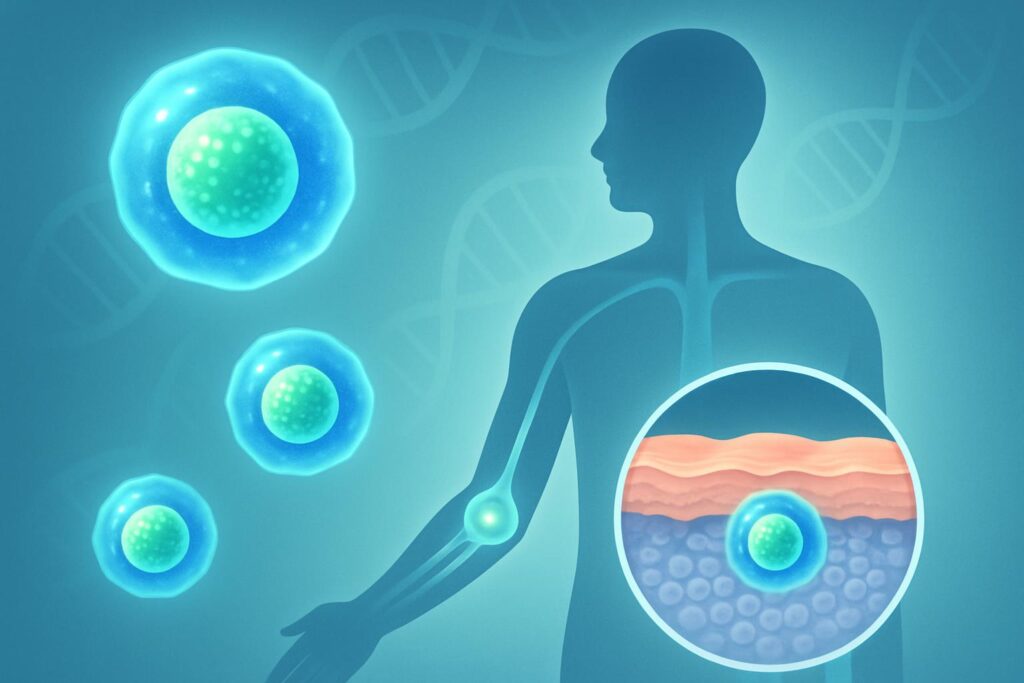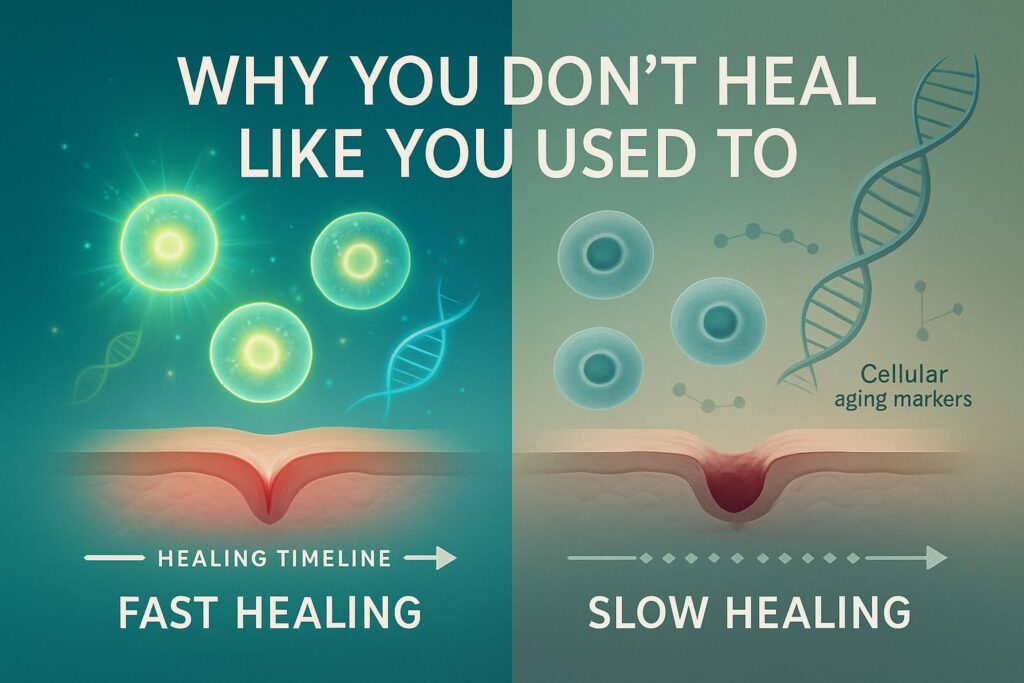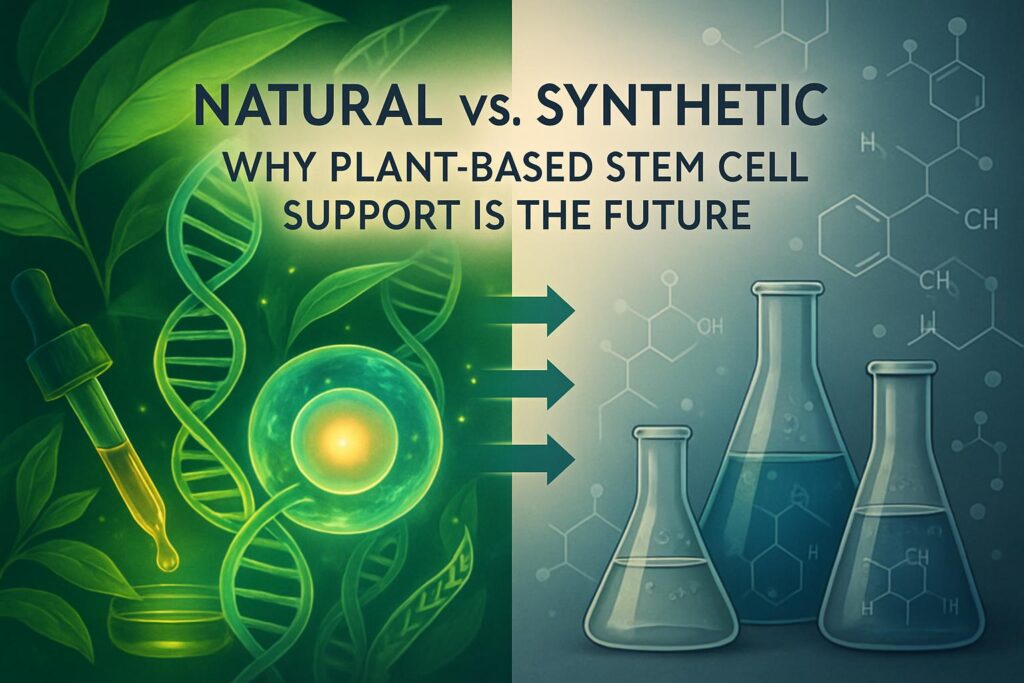Hello and welcome to today’s exploration into the fascinating world of neuroscience and technology. The central question we’re addressing is: Can lost functions or abilities be restored after a brain injury? The answer might lie in a groundbreaking development from the University of Oxford.
The Breakthrough
Researchers at the University of Oxford have made a significant stride in the field of neuroscience. They’ve developed a method to 3D print neural tissues that closely resemble the structure and function of the cortex, the outer layer of the human brain.
This is monumental because the cortex is responsible for our cognitive abilities, including thinking, speaking, moving, and sensing our environment. Damage to this region, whether from trauma, stroke, or surgery, can drastically affect an individual’s quality of life.
Currently, there are no effective treatments to mend or replace these injured brain areas. However, this new 3D printing technique, which employs stem cells, offers hope for future personalized therapies.
Understanding the Cortex and 3D Printing
Before delving into the specifics of the study, it’s essential to understand the basics of 3D printing and stem cells. Traditional 3D printing involves layering materials like plastic or metal to create a three-dimensional object. But when it comes to replicating living brain tissue, we need a special “bioink” made of living cells and molecules. These bioinks must be biocompatible (safe for biological systems) and biodegradable (they can be broken down by the body).
Stem cells are the heroes of this story. They are versatile cells that can morph into any cell type. While some stem cells are found in embryos, others are present in adult tissues like bone marrow. Moreover, scientists can now reprogram mature cells, such as skin cells, into stem cells.
These reprogrammed cells are known as induced pluripotent stem cells (iPSCs). The researchers at Oxford used iPSCs, which were then specialized into cortical cell types like neurons and astrocytes, to create their bioinks.
The 3D Printing Process
Imagine the process as a culinary endeavor. The researchers, acting as chefs, took the stem cell “dough” and added growth factors, which directed the cells to specialize into neurons and astrocytes.
These specialized cells were then mixed into bioinks, with a gelatin-like substance called hydrogel added to provide a scaffold for the cells. This mixture was then “baked” in a 3D printer, layering the cells to represent different brain regions.
Results and Implications
Upon completion, the researchers tested their creation. They found that their 3D printed tissue closely resembled real brain tissue in terms of architecture, composition, and function. Notably, the printed tissue could even communicate with a mouse brain slice, forming connections and responding to stimuli.
This breakthrough has vast implications. These 3D printed tissues could serve as “lab mini-brains” for drug testing, eliminating the need for human or animal subjects. However, it’s essential to temper our excitement.
The technology is still in its infancy, with many technical and ethical challenges to address. For instance, is it ethically sound to engineer replica human brains in a lab?
Conclusion
The journey from science fiction to scientific reality has been made with the advent of 3D printed brain tissue. While there are hurdles to overcome, the potential is immense. As we look to the future, it’s thrilling to imagine where this technology might lead.



